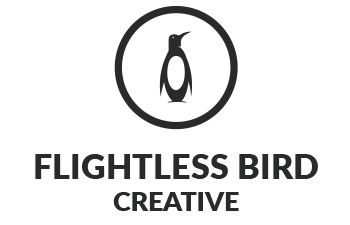WFH until EOY: The reality for a vast number of employees nationwide. Our studio was forced to quickly adapt to the remote-editing workflow because of the recent pandemic. Client edit sessions are a critical part of our creative process, and we were driven to create a virtual editing experience for clients while also keeping it efficient and cost-friendly. Along the way of creating this workflow, we’ve found some key tools to help you set up a smooth remote-editing workflow. Check it out:
The Shopping List
A few articles and products proved essential to creating a custom workflow that worked for our post department. NY-Based Editor and Writer Sofi Marshall’s article ‘The Ultimate Remote Editing Workflow (That Won’t Break the Bank)’ was an amazing resource that showed us the light when it came to setting up our workflow. Here’s what our current setup is comprised of:

Blackmagic Web Presenter – $500
This powerful little box allows any SDI or HDMI input to appear as a webcam source in your computer. While it’s often used for live-streaming on Twitch or YouTube live, it also acts as a way to stream your video from the editing timeline.
You’ll also need a few cables for the Web Presenter:
- HDMI Cable – ~$8-$15
- USB A to B Cable – ~$6
- USB A to Mini-B Cable – ~$5
- C13 Power Cable – ~$6

Loopback – $100
Loopback allows for cable-free audio routing, and lets you route audio channels from your editing software to your microphone output. The client can hear you, as well as the audio in the timeline. You can also mute your computer’s microphone during playback if needed. (Check out Sofi Marshall’s full article here for more in-depth info.)
Having a workflow that allows you to remotely-collaborate on edits with colleagues and clients has been a huge asset for us. Not only can we engage with clients face to face, but it saves a bunch of time that would have been spent collecting feedback notes, compiling into email and reviewing on our end. Since the video and audio feed are recognized as your webcam, you’re able to join any web-conferencing platform such as Zoom, Skype, Google Hangouts—whatever works for your team.
Along with the tools just mentioned, there are a few extra platforms we use during remote-sessions:
Helpful Tools
Frame.io: We’re huge fans of the frame.io platform for written feedback. Its easy-to-use interface makes it a big fan amongst clients too, and is an easy way to compile feedback from a team or department. It allows our clients to give timecode-specific feedback, and even draw and annotate directly on the video. (They also have a free Premiere Pro extension for quick and easy viewing of revision notes.)
Slack: Whether you’re sending quick notes, images, or funny gifs, Slack is great for quick communication on projects. Depending on your account level, you’re also able to create guest accounts for clients and other collaborators. (It also opens your team up to the wonderful world of Slackmojis 🙈.)
While it’s quite hard to beat an in-person edit session, remote collaboration isn’t going anywhere for a while and there’s a lot to gain from embracing a remote workflow. For around $600, you’ve got a powerful remote-editing workflow. Increasing project efficiency is priceless and a worthy investment, especially in today’s environment. We’re excited to continue pushing the limits of remote-workflows, and excited to see how our process evolves with it.
Written by Sam Powell | Head of Post


